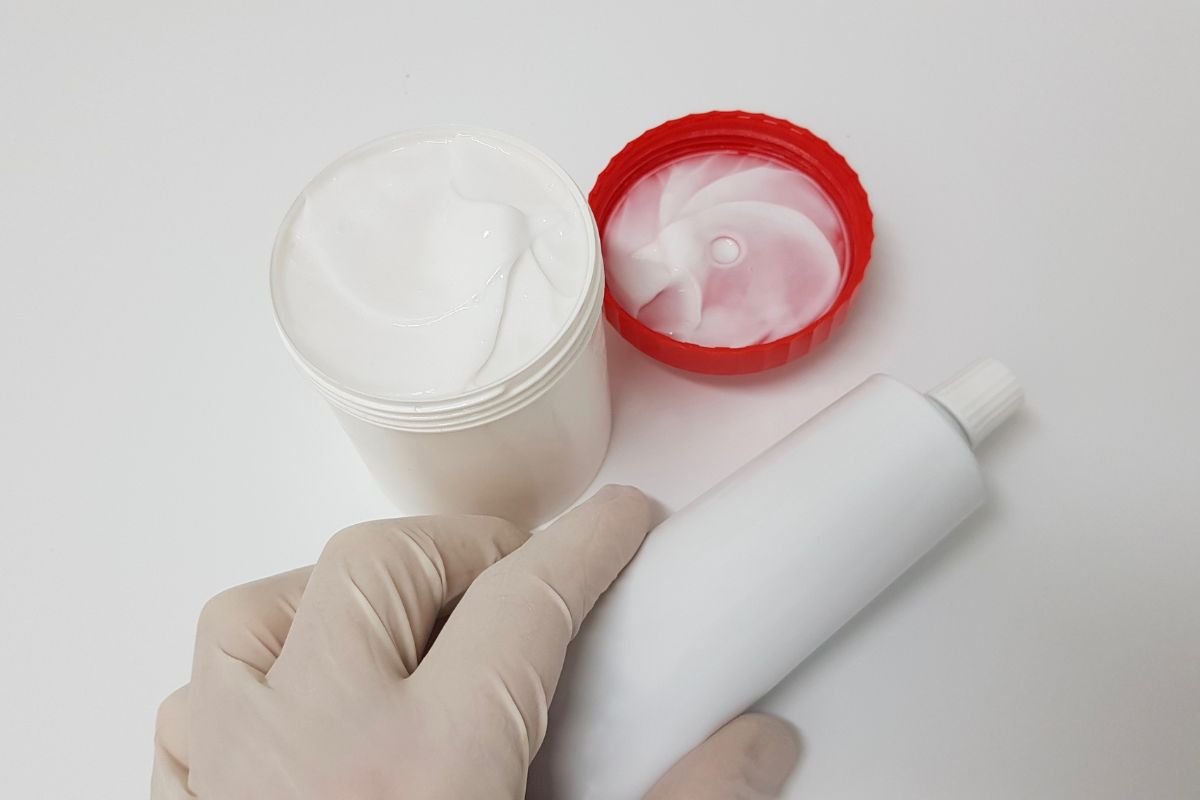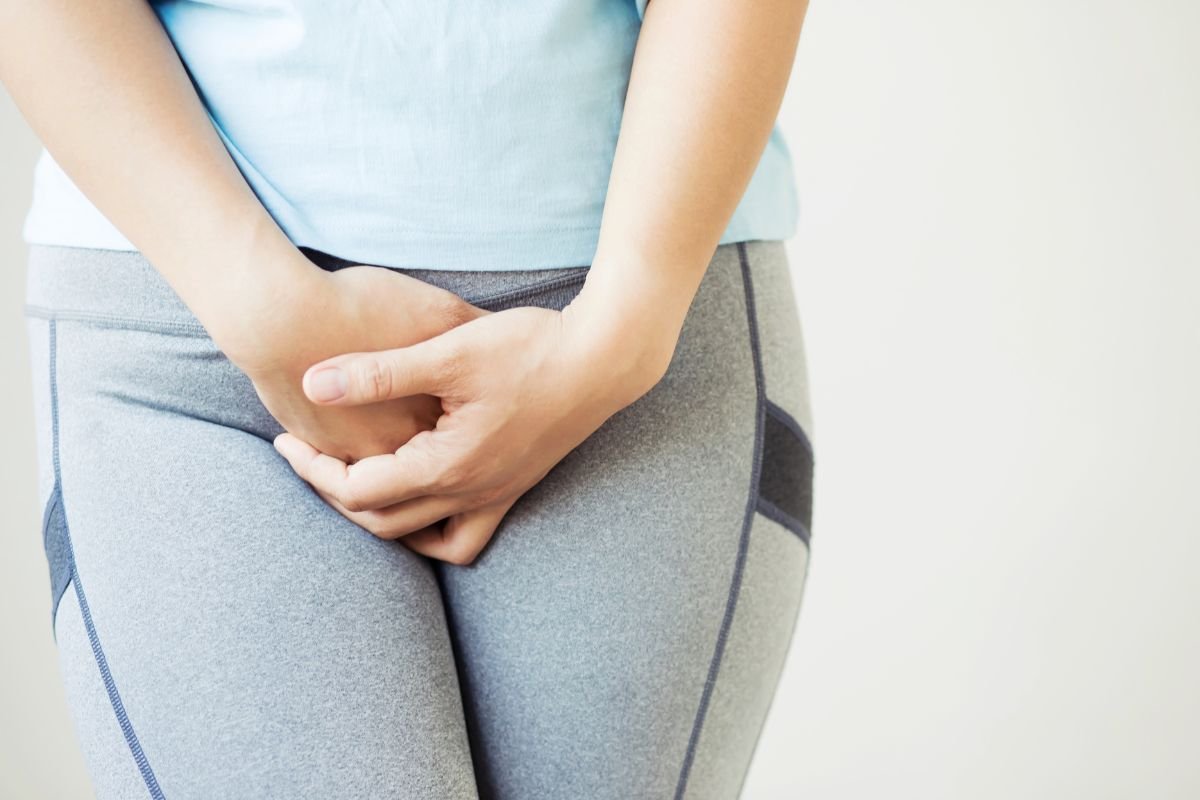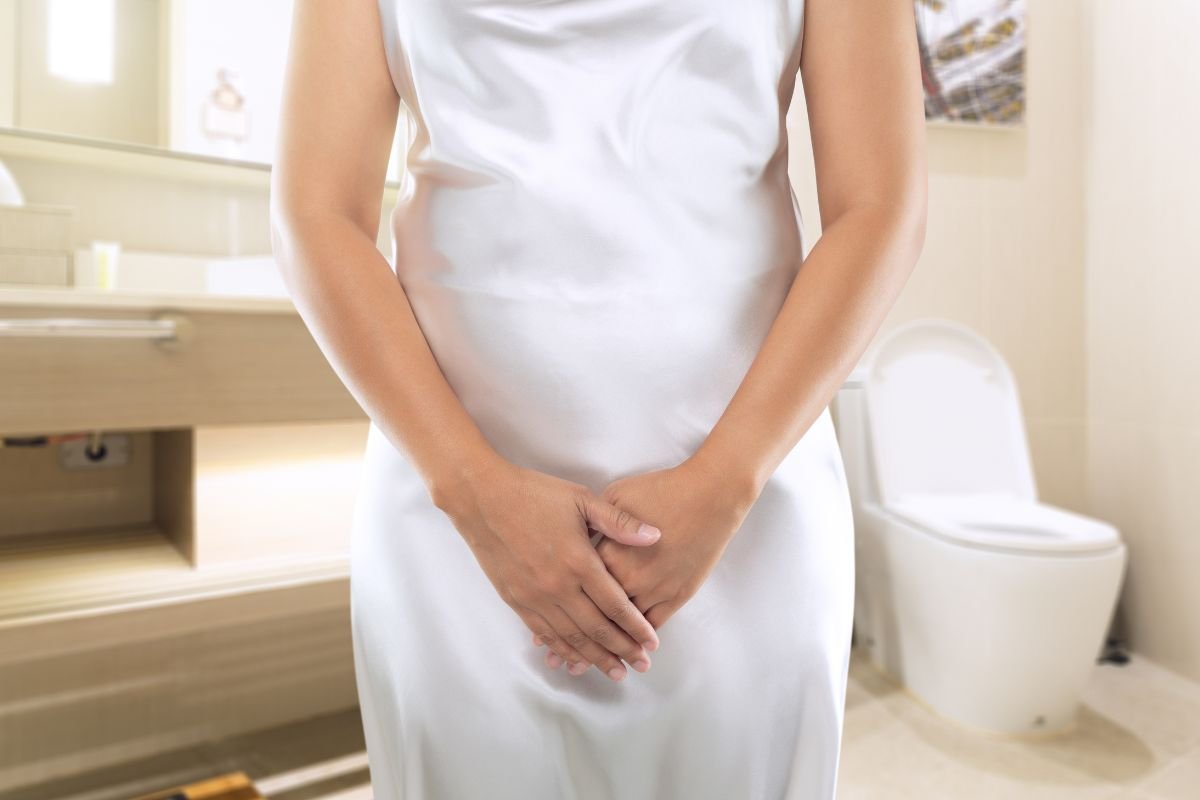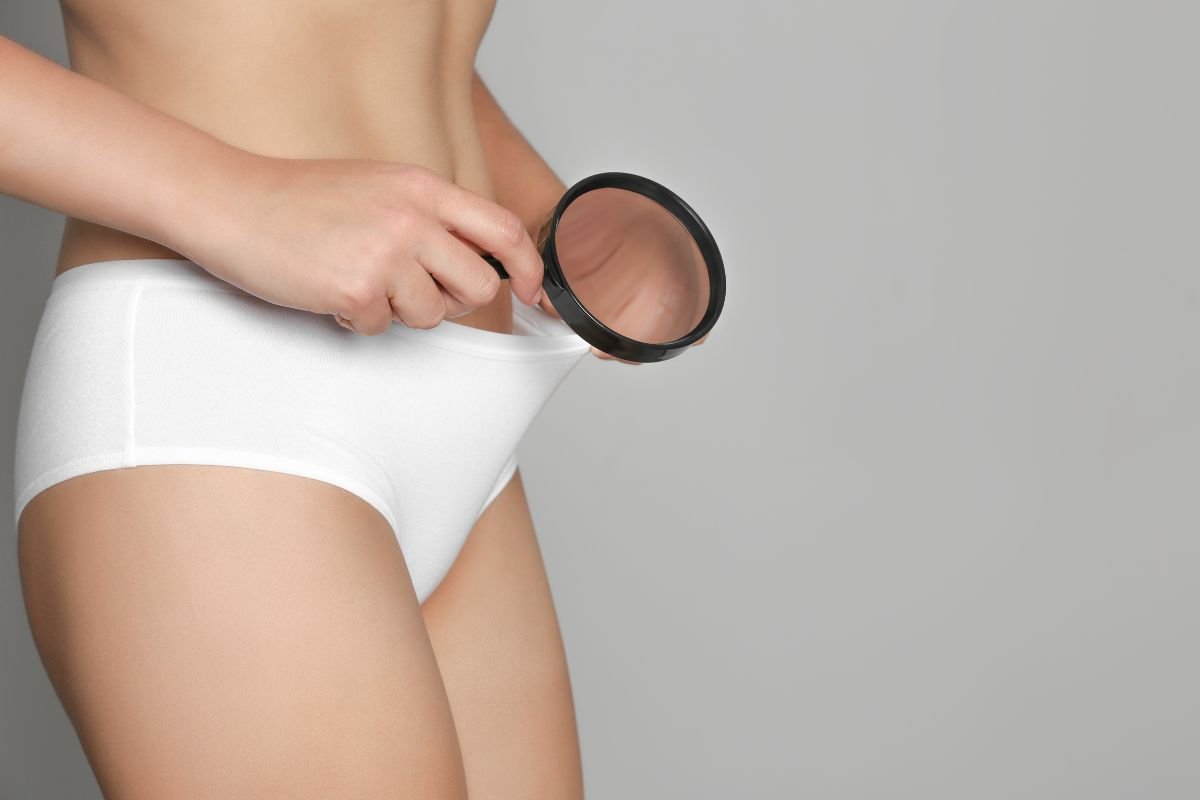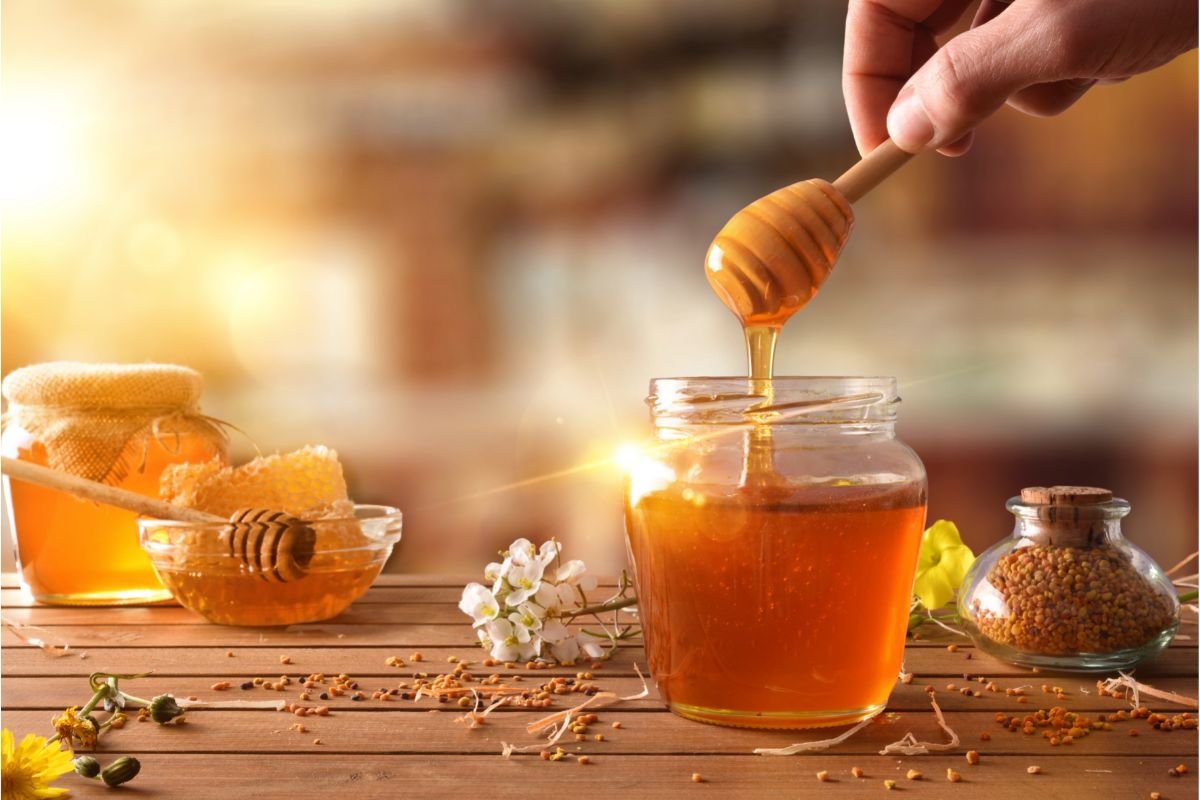Yeast infections can be uncomfortable and embarrassing, but they are very common. Fortunately, there are several ways to flush out a yeast infection, and one of the most effective methods is to drink plenty of water.

We took a closer look at just how much water you need to flush out a yeast infection successfully, and the steps that you can take to help your condition clear up more quickly.
What Is A Yeast Infection?
Yeast infections are caused by an overgrowth of a type of fungus called Candida. These infections can occur in the vagina, mouth, and other areas of the body.
Symptoms of a yeast infection may include itching, burning, redness, and swelling. In some cases, a thick white discharge may be present.
How Much Water Do I Need To Flush Out A Yeast Infection?
The amount of water you need to drink to flush out a yeast infection depends on your needs. Generally speaking, it is recommended that you drink at least eight 8-ounce glasses of water per day.
This will help to keep your body hydrated and flush out toxins, which can help reduce the symptoms of a yeast infection.
In addition to drinking plenty of water, you should also avoid sugary and processed foods, as these can contribute to yeast overgrowth.
Eating a balanced diet with plenty of fruits and vegetables can help to keep your body healthy and reduce the risk of developing a yeast infection.
What Else Can I Do To Flush Out A Yeast Infection?
In addition to drinking plenty of water, there are other steps you can take to help flush out a yeast infection. These include:
- Take Probiotics
Probiotics can be taken in supplement form or found in certain foods, such as yogurt and kefir. Probiotics help to restore the balance of good bacteria in your body, which can help reduce the symptoms of a yeast infection.
- Avoid Tight Clothing
Tight clothing can trap moisture and create an environment that is conducive to yeast overgrowth. Wearing loose-fitting clothing made from natural fibers can help to keep your body cool and dry, which can help reduce the risk of developing a yeast infection.
- Use Tea Tree Oil
Tea tree oil has antifungal properties that can help to fight off a yeast infection (Also check out What Tea Is Good For Yeast Infection?). You can apply tea tree oil directly to the affected area or add it to your bathwater for a soothing soak.
- Garlic
Garlic has natural antifungal properties that can help to fight off a yeast infection. This can be used by consuming it orally or applying it directly to the affected area.
- Medications
In some cases, your doctor may prescribe an antifungal medication to help clear up a yeast infection (Find out How Long Does It Take Yeast Infection Pills To Work?). These medications can be taken orally or applied directly to the affected area.
How Does Water Flush Out A Yeast Infection
Water may seem simple, but it has the power to flush out a yeast infection thanks to a number of qualities, and these include:

- Diluting Sugar
Yeast feeds on sugars in the body, and water is able to dilute the sugar in your body, making it harder for yeast to feed. Water can flush the excess sugars out through your urine – so the more you drink, the faster you will see the benefits.
- Flushing Out Toxins
Water helps to flush out toxins from the body, which can help reduce the symptoms of a yeast infection.
- Hydrating The Body
Staying hydrated is essential for overall health and wellness, ensuring that your body is strong, healthy, and hydrated while you are battling the infection.
- It Helps Maintain pH Balance
Water helps to maintain the pH balance in your body, which can help reduce the symptoms of a yeast infection.
A balanced pH level makes it harder for yeast to survive and thrive in your body; you can also balance pH by eating a healthy diet, including plenty of fruits and vegetables.
Symptoms Of A Yeast Infection
There are a number of signs and symptoms that you may be suffering from a yeast infection, and these include:
- Itching and Burning
A burning, itching sensation in the affected area can be a key indicator that you are suffering from a yeast infection.
The affected area may also become red and swollen, which can be a sign of a yeast infection.
- White Discharge
A white, cottage cheese-like discharge is another common symptom of a yeast infection- if you notice this over a few days, it is a good idea to get checked out.
- Painful Urination
Painful urination is another common symptom of a yeast infection, and this can be accompanied by a burning sensation when you urinate.
- Unusual Odor
A strong, unpleasant odor may also be present in the affected area, which can indicate that you are suffering from a yeast infection.
It is important to note that while water can help to flush out a yeast infection, it is not a cure-all. It is important to seek medical advice if you are suffering from any of the symptoms mentioned above.
Your doctor may prescribe antifungal medications or suggest other treatments to help clear up the infection.
Conclusion
Yeast infections can be uncomfortable and embarrassing, but they are very common and have a number of solutions to help get you back to health in no time.
Drinking plenty of water is one of the most effective ways to flush out a yeast infection, as it helps to keep your body hydrated and flush out toxins.
In addition to drinking plenty of water, you can also take probiotics, avoid tight clothing, use tea tree oil, and take medications as prescribed by your doctor – these can all play a key part in speeding up your recovery, and clearing up your yeast infection.
- Yeast Infection Vs Herpes - January 26, 2023
- How Long To Wait For Sex After Yeast Infection Treatment - January 26, 2023
- Yeast Infection Vs STD - January 26, 2023

